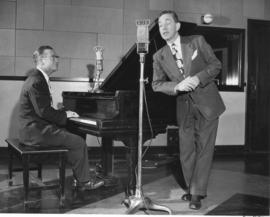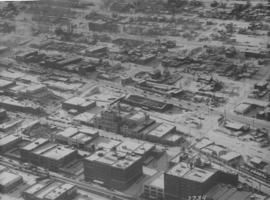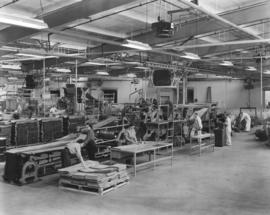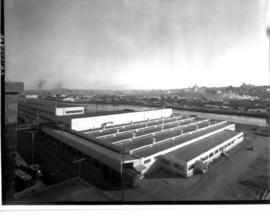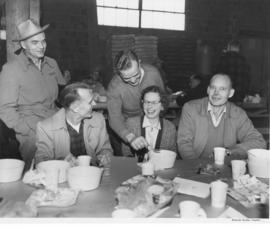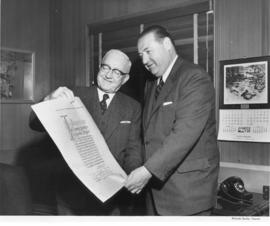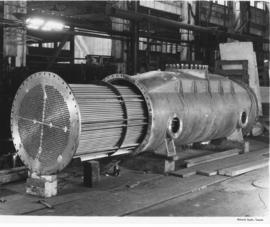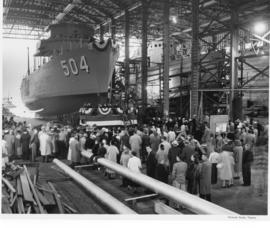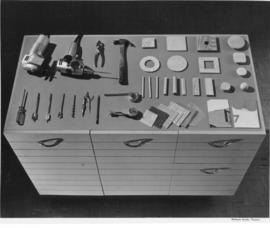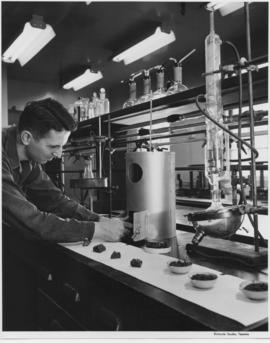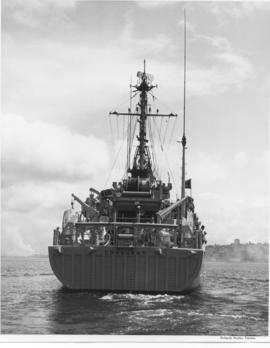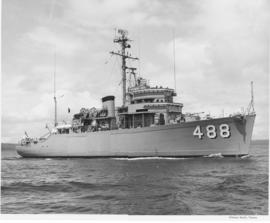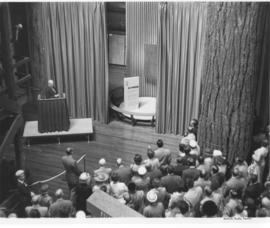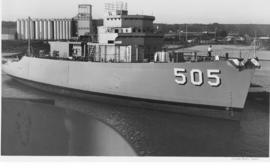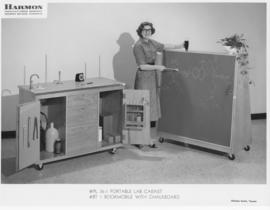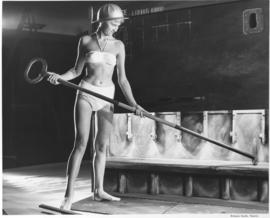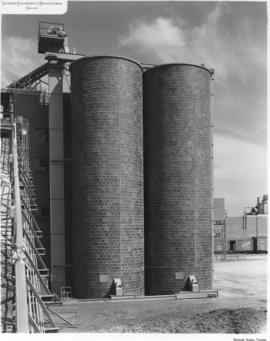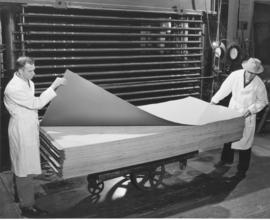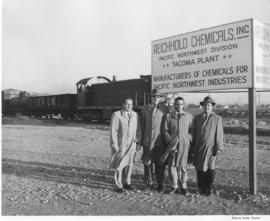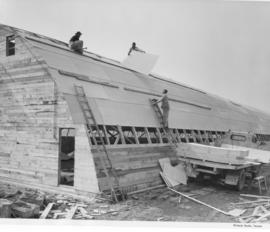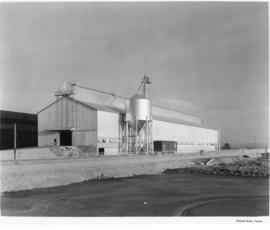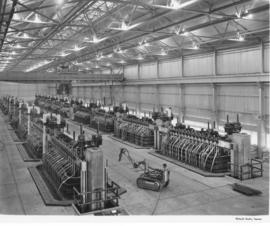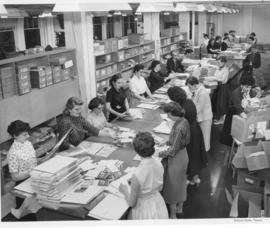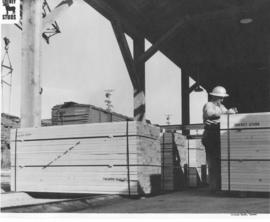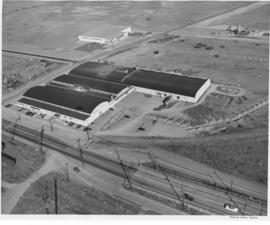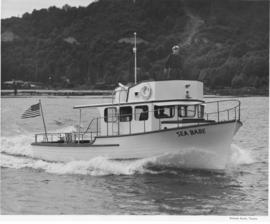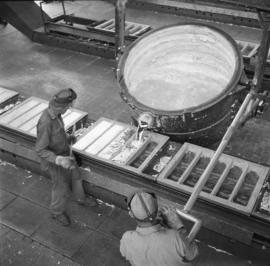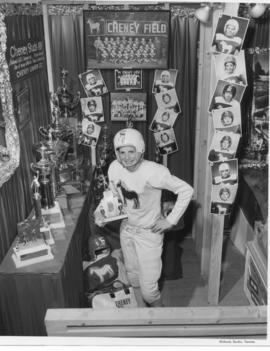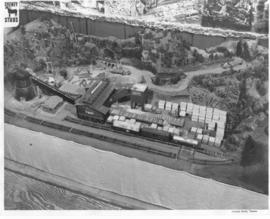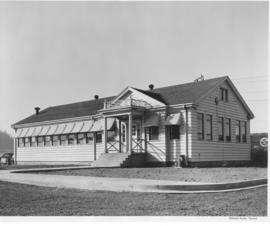- Item
- 1952
Part of Richards Studio Photographs
ca. 1952. For eight years, beginning in 1949, "Raye & O'Dare," also known as the "Heidelberg Harmonaires," were the voice of Tacoma brewed Heidelberg beer on radio and television. Claude "Raye" Frankforter, at the piano, and Scott O'Dare (whose original name was believed to be Easton Skogsbergh) were heard from three to five nights a week on over 31 radio stations in Washington, Oregon, Idaho and Alaska. Sponsored by Columbia Breweries, the Harmonaires provided song, patter and piano and signed off as "Your Tacoma Neighbor, the Columbia Breweries." Claude (Raye) Frankforter died in 2001. Photograph by Robert Dudley of Seattle and believed to be dated around 1952. Copies of prints ordered by Heidelberg Brewing Company in December 1954. (information on Raye from online quote of Skagit Valley Herald obituary)
Brewing industry--Tacoma--1950-1960; Columbia Breweries, Inc. (Tacoma)--1950-1960; Pianos; Music ensembles--Tacoma; KOMO-KJR Radio Station (Seattle); Radio broadcasting--Tacoma--1950-1960; Raye, Claude; O'Dare, Scott; Advertising--Tacoma--1950-1960;
